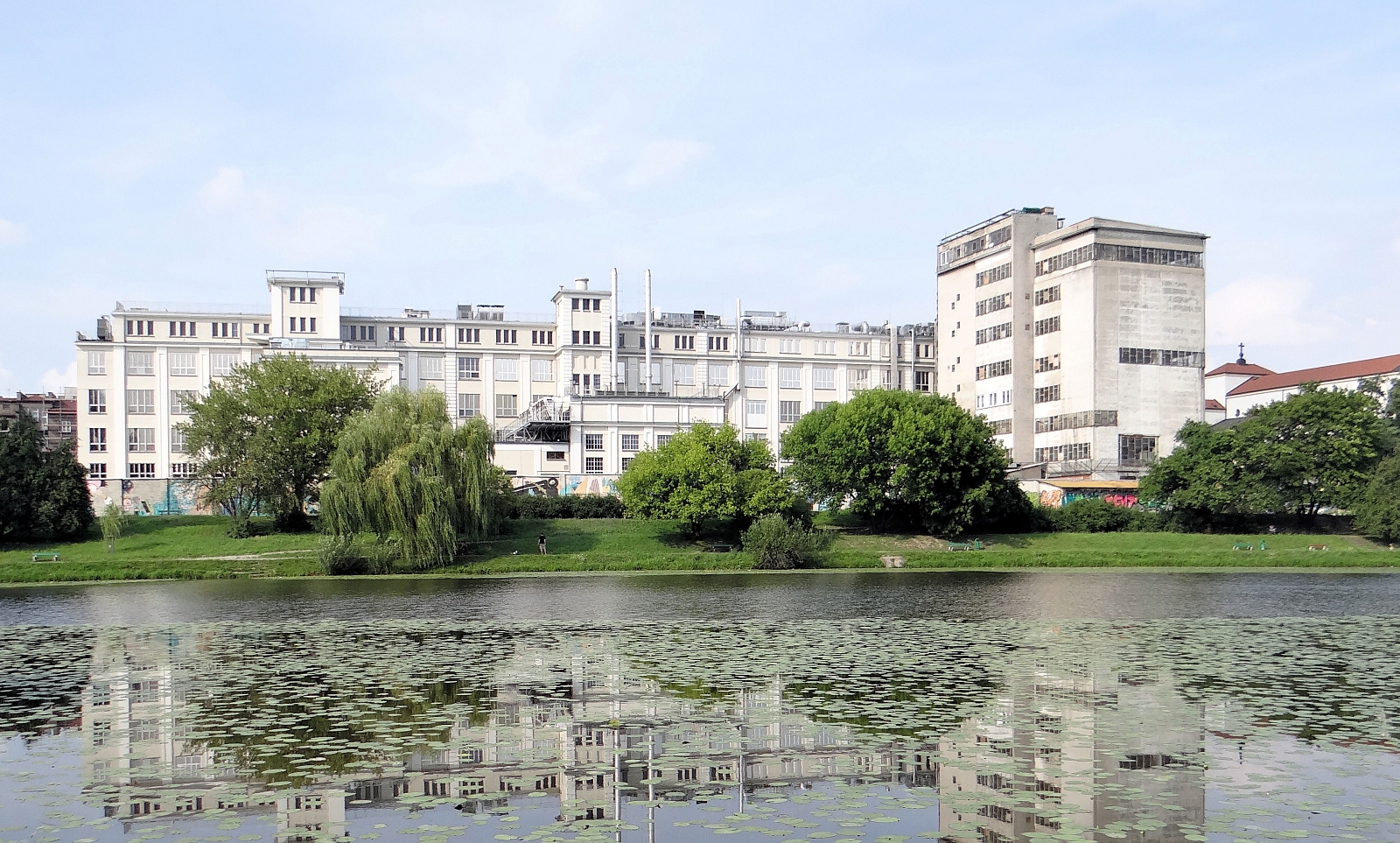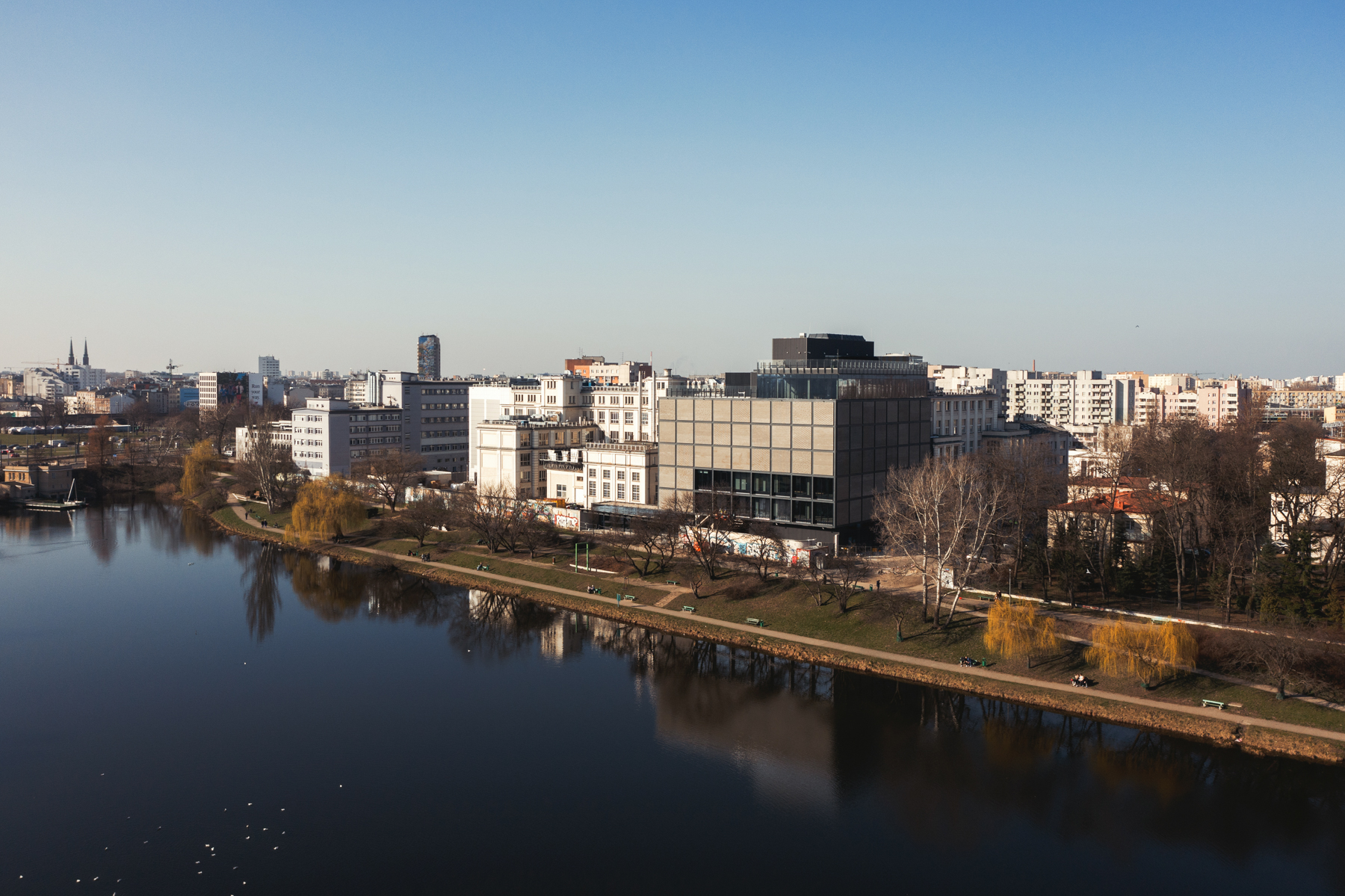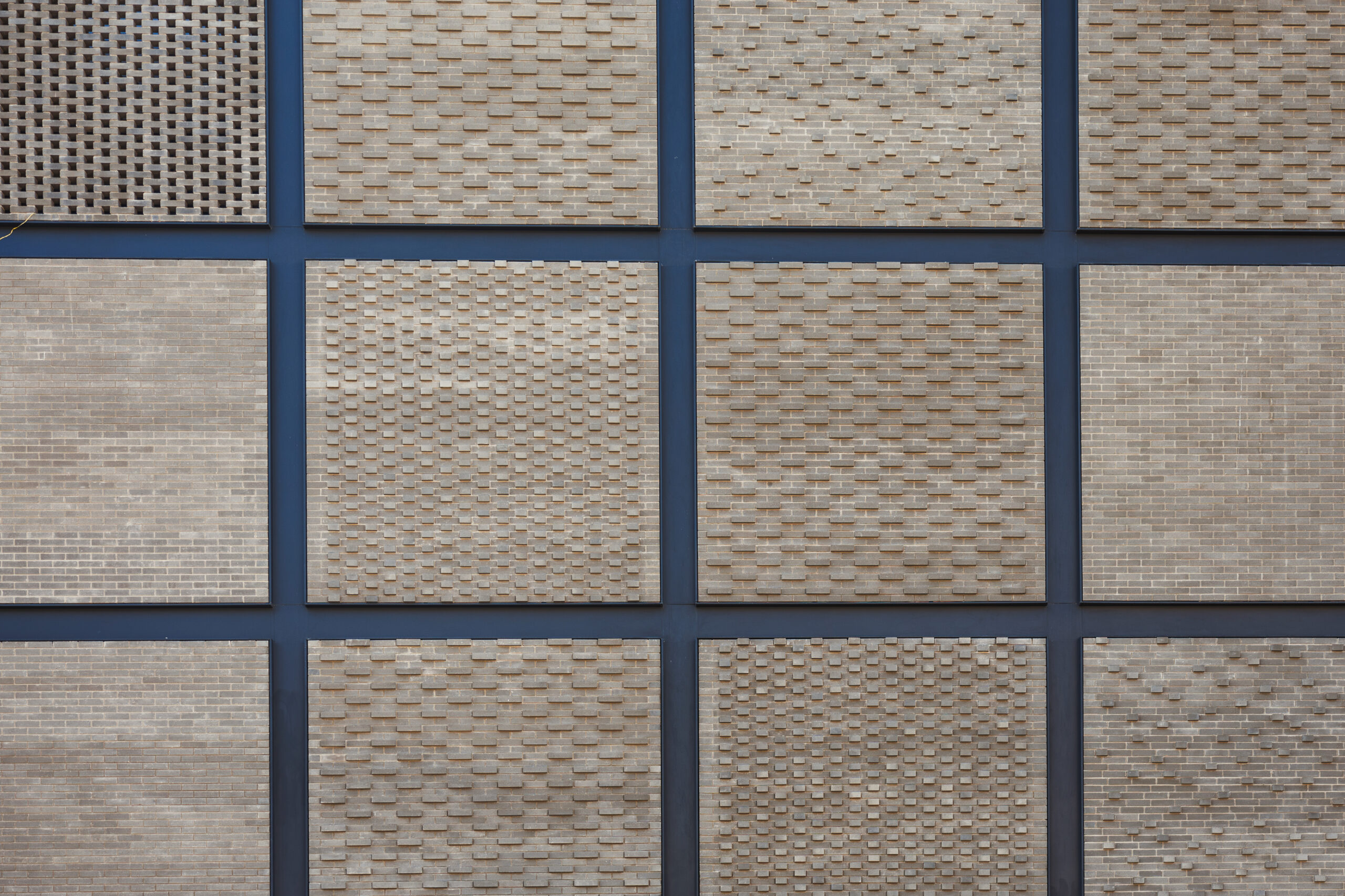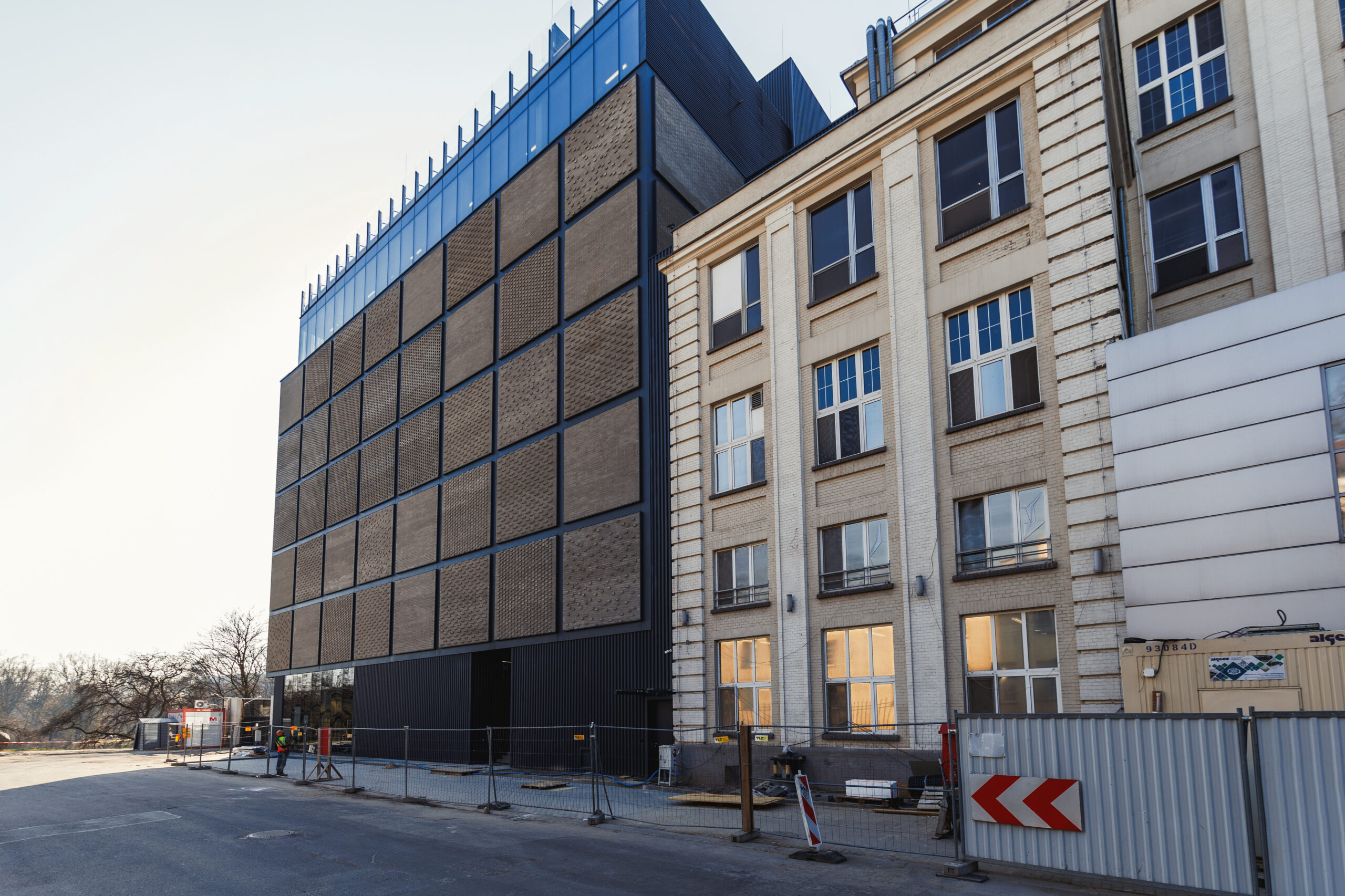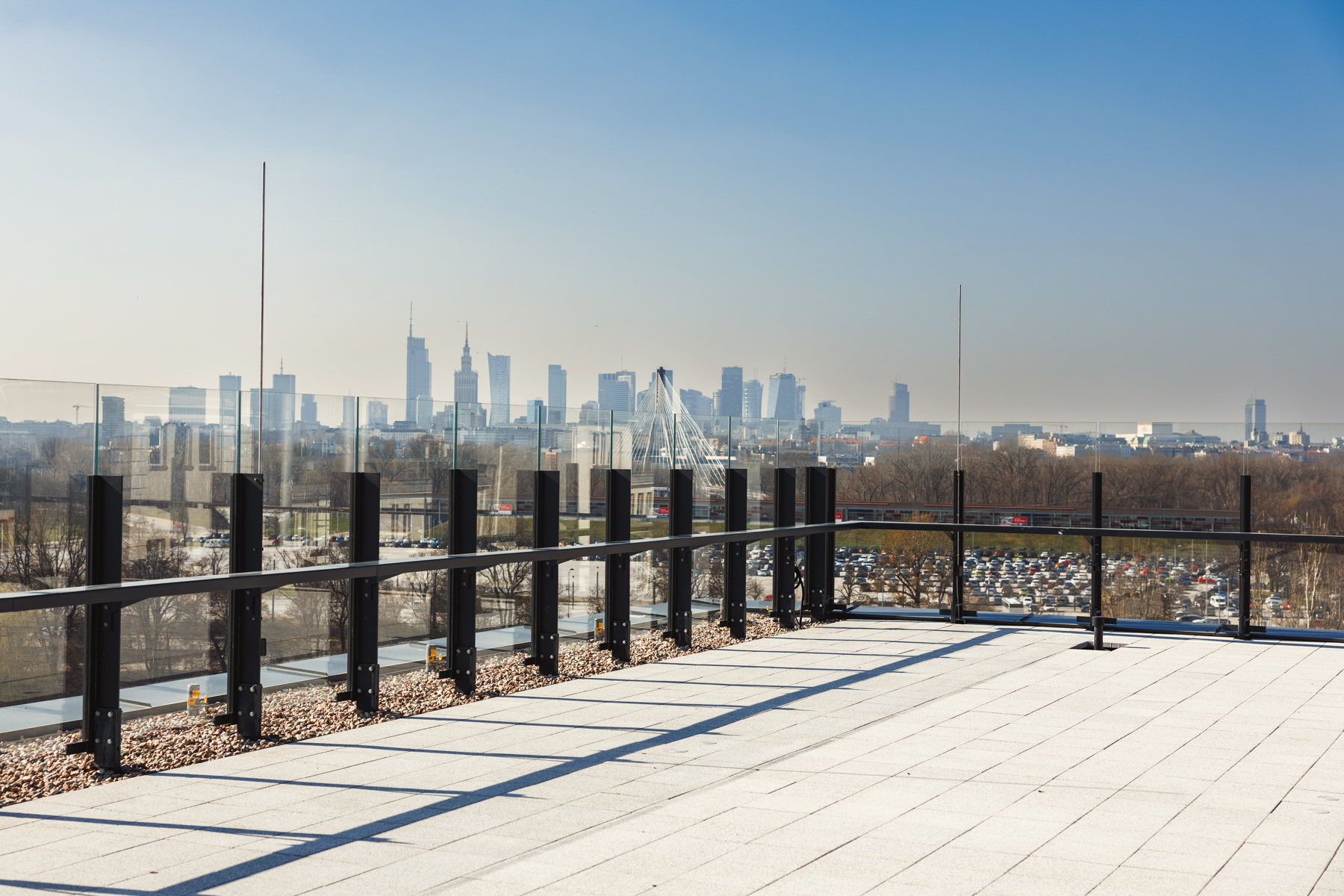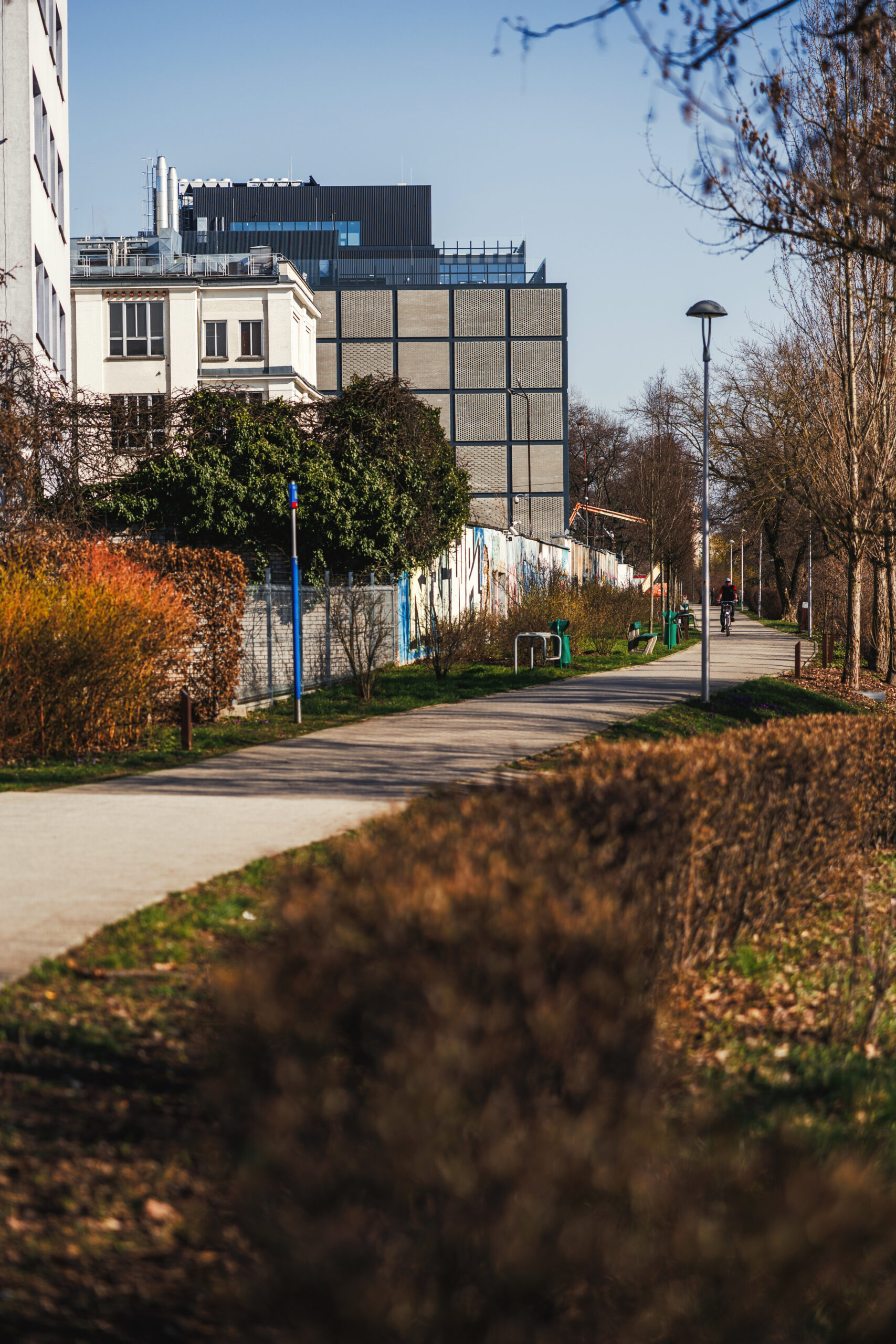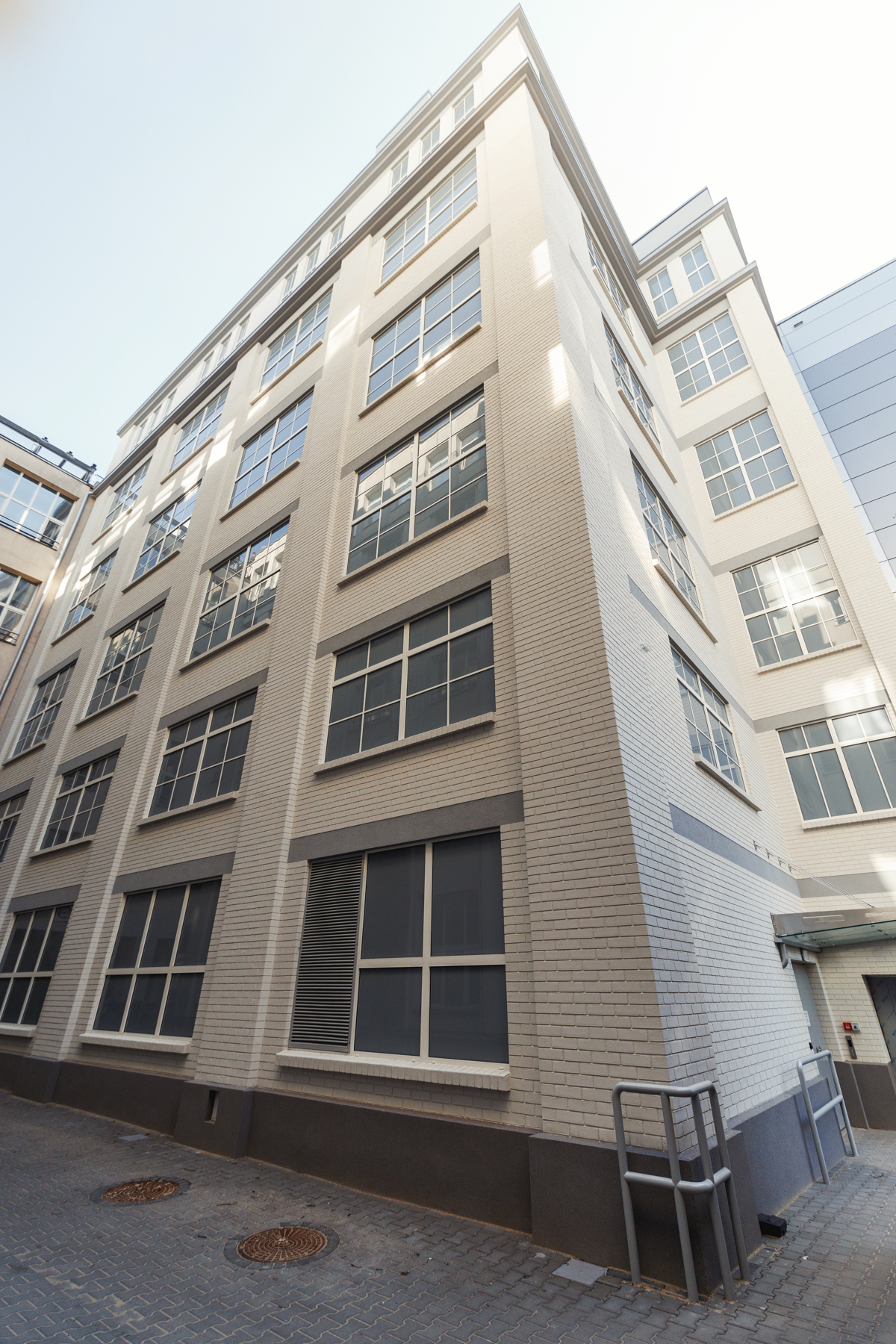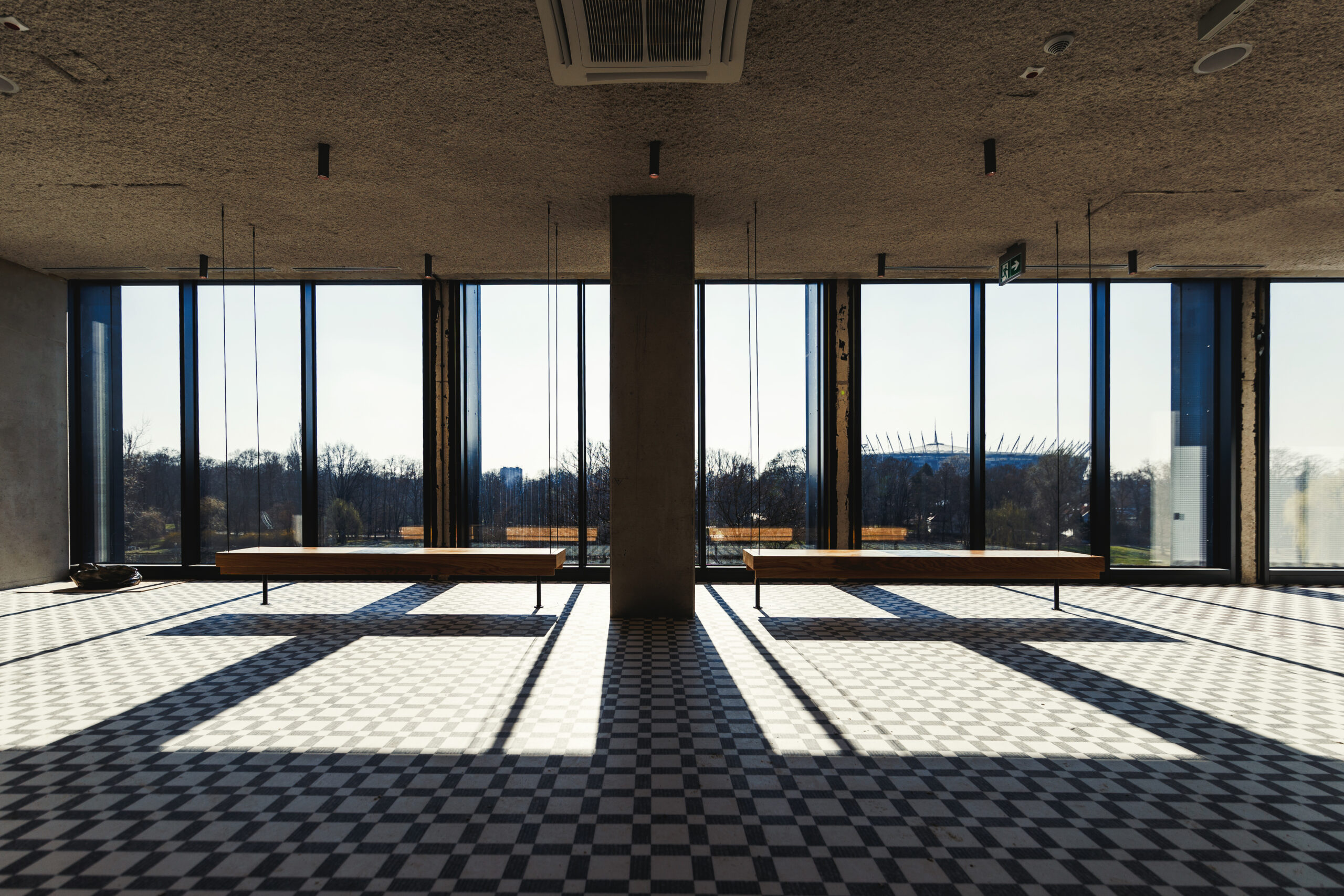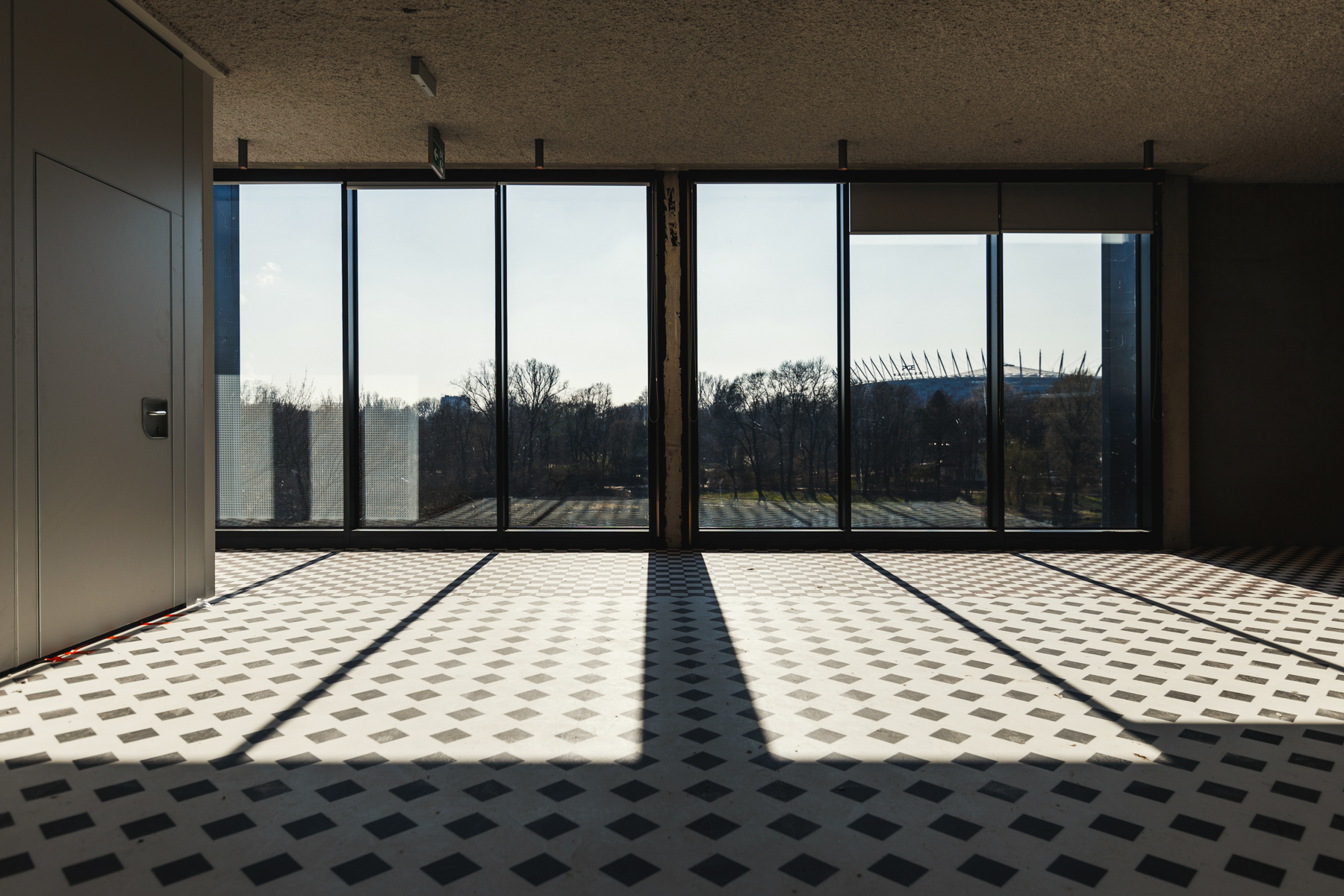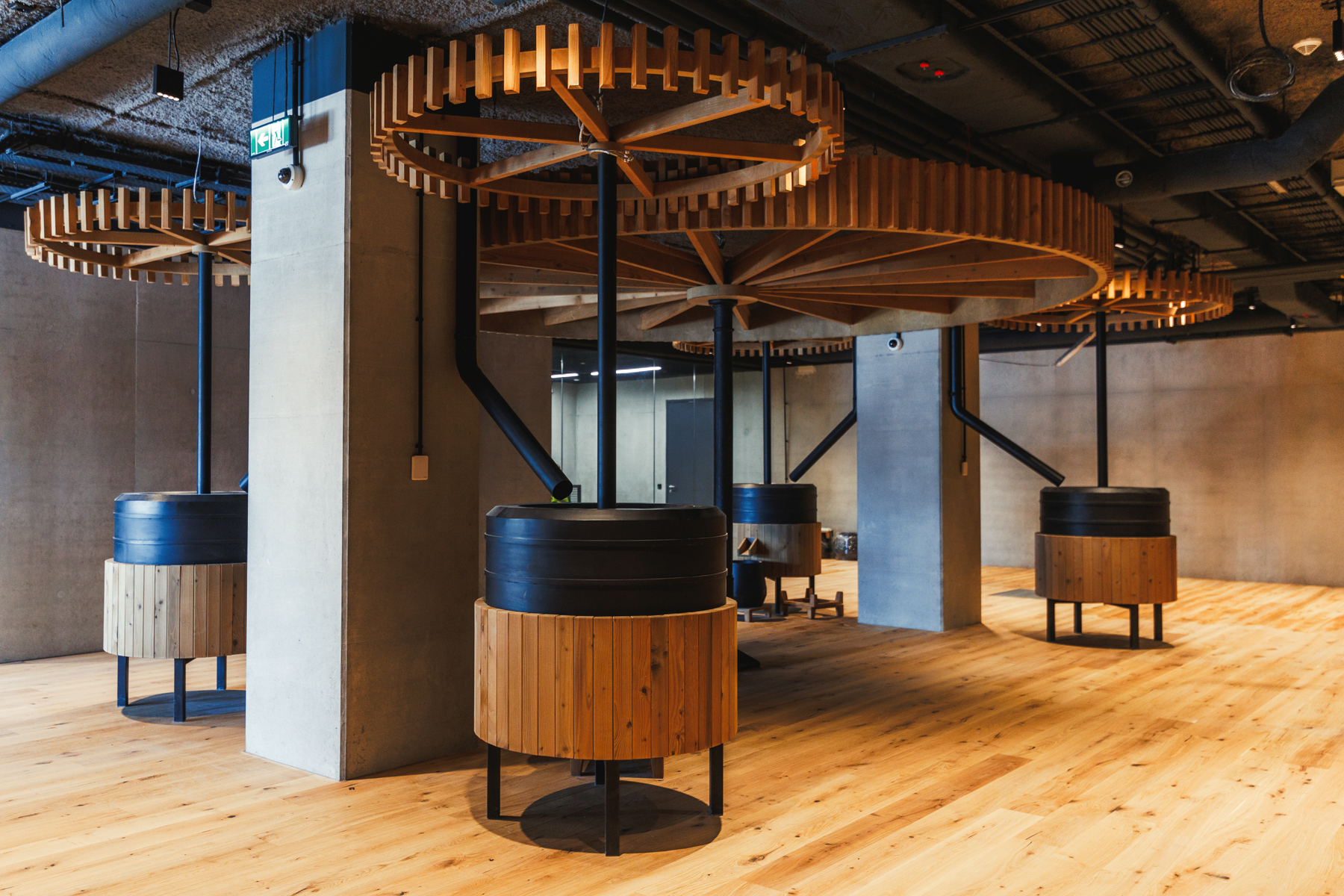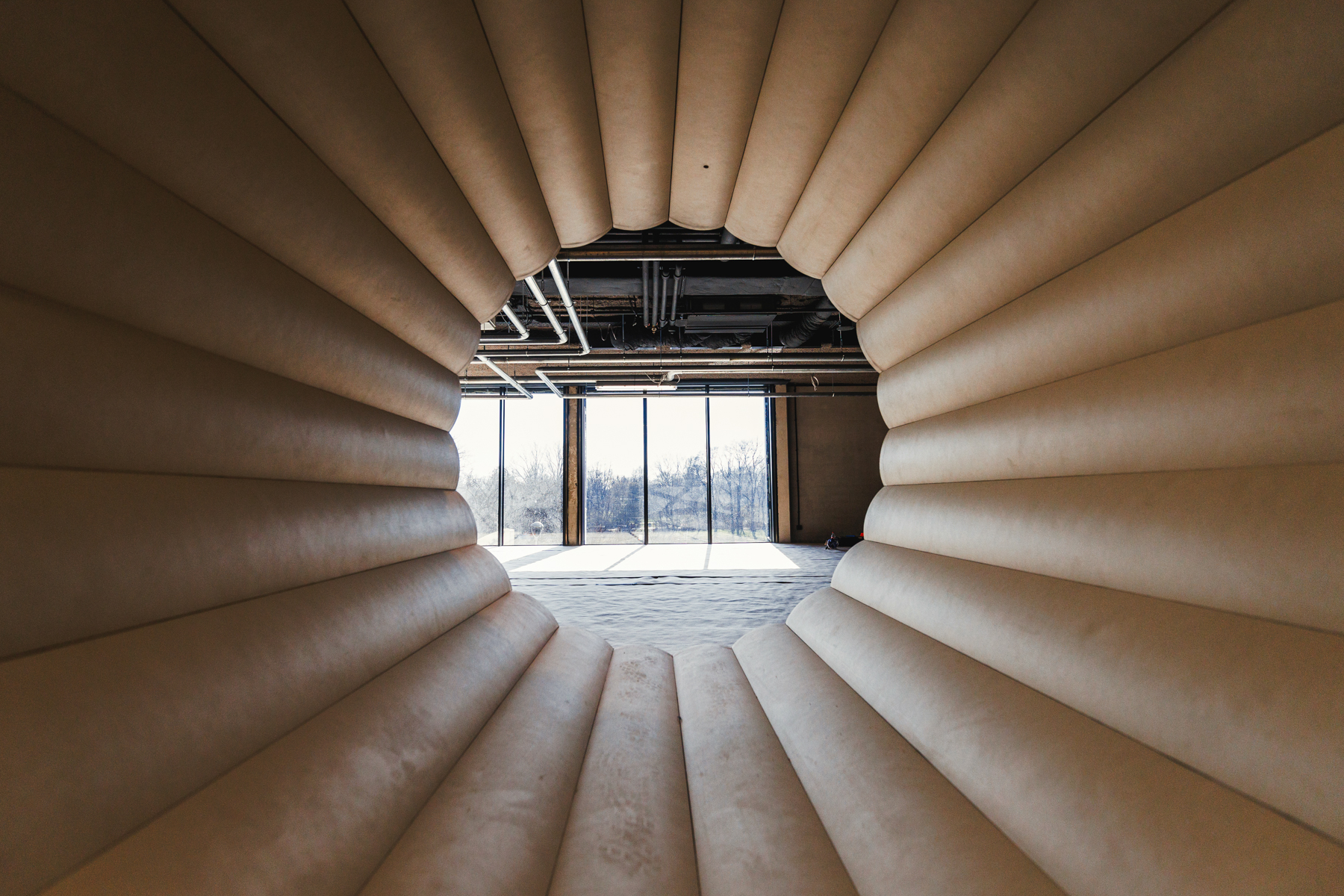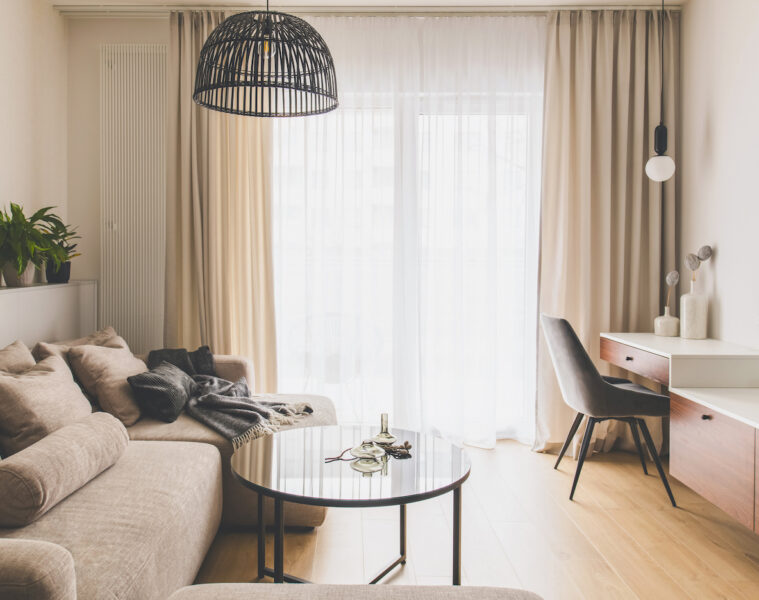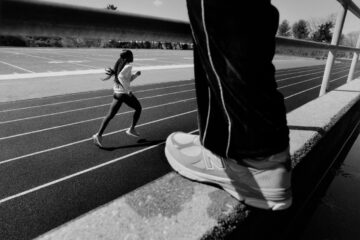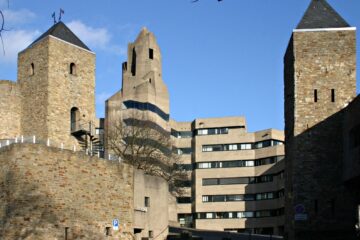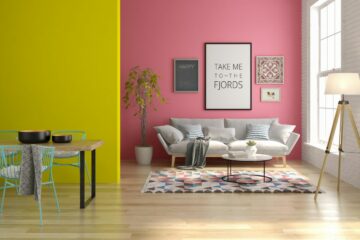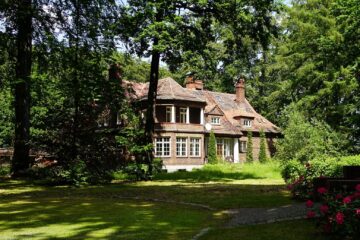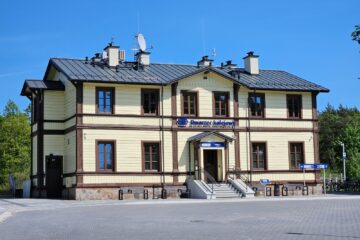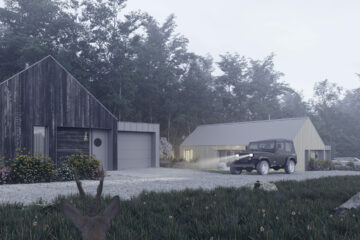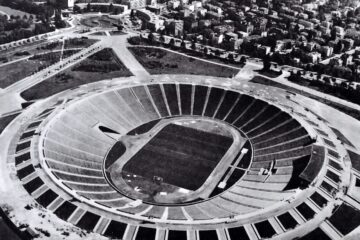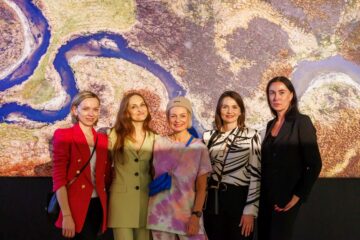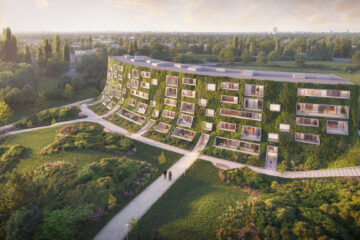Right next to the E.Wedel Chocolate Factory in Warsaw, where the iconic sweets are produced, a unique space is being created. The Wedel company is finalising its biggest investment in 100 years – the only chocolate museum of this scale in Poland. The first tourists will arrive there already in autumn.
The largest investment in the company’s history is being created in a comprehensively renovated building that now resembles giant chocolate cubes. The silos located here were once used to store and process cocoa. The materials and grey bricks arranged in decorative motifs allude to the former ornamentation of the Wedel factory building and the architectural tradition of Warsaw’s Kamionek district. The terrace at the top of the six-storey building offers a unique view of the Warsaw skyline and Skaryszewski Park.
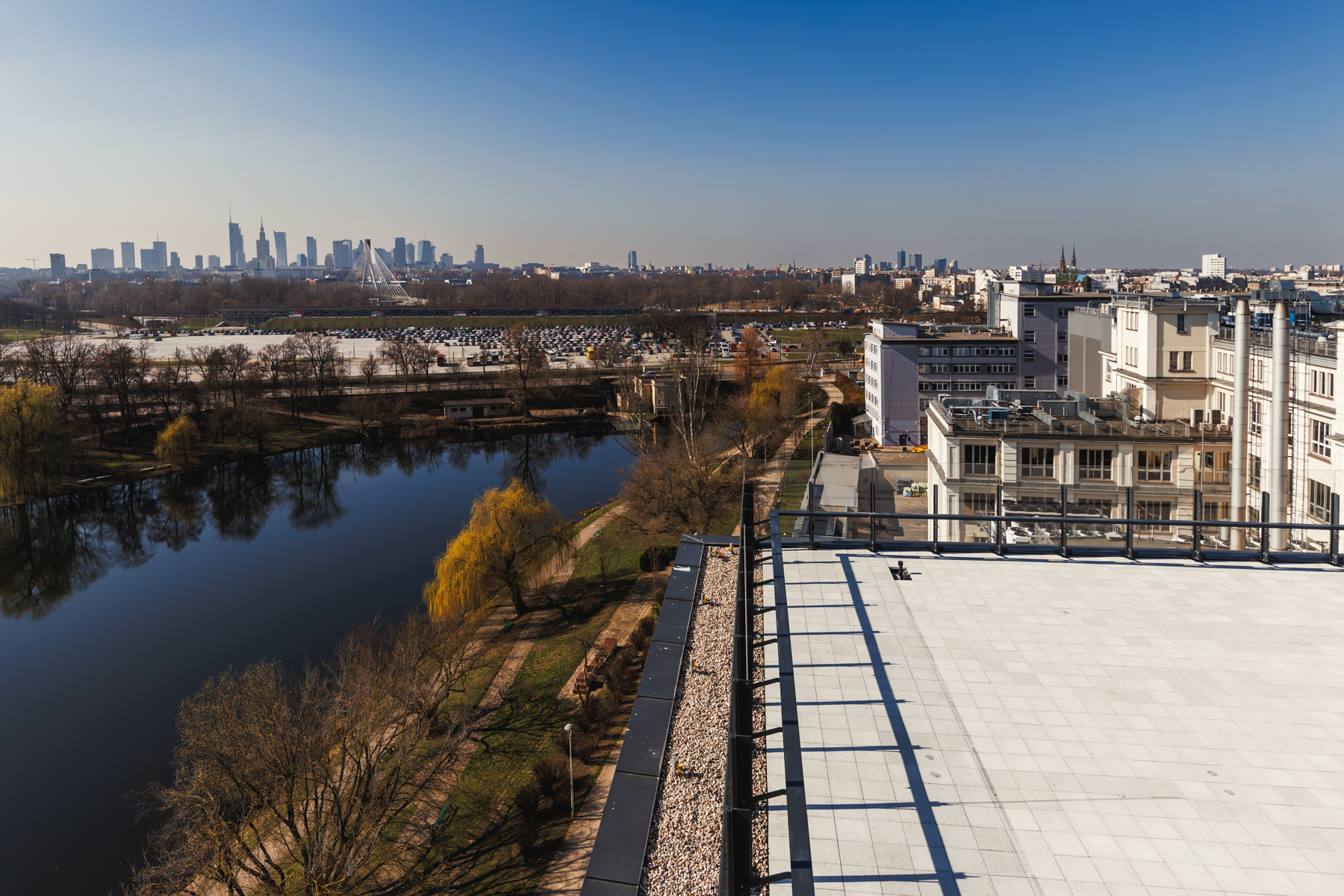
The mighty space hidden behind the chocolate façade covers an area of more than 8,000 square metres. In addition to the Chocolate Museum and the E.Wedel Chocolate Pump Room, the production of some products will be relocated to the new factory, equipped with modern machinery. A new R&D (research and development) laboratory and an expanded Rarytas workshop, i.e. a manufactory where products for the E.Wedel Chocolate Pump Room chain are handmade, will also be built here.
Wedel is constantly developing, optimising its processes, increasing production capacity, expanding its R&D centre and developing product innovations. This groundbreaking investment is part of the implementation of our long-term strategy, in which we want to surprise our consumers not only with a rich product offer, but also invite them to experience the world of chocolate in a completely new form,” says Maciej Herman, Wedel’s Managing Director.
The Wedel factory before and after the construction of the museum. Photo by Jolanta Dyr, CC BY-SA 3.0, via Wikimedia Commons and wedel.pl
The museum – the E.Wedel Chocolate Factory – will open its interiors in autumn. The capital’s future sweet showpiece is headed by Robert Zydel, who has headed the State Ethnographic Museum for the past three years.
The E.Wedel brand has always been associated with my hometown, so I am delighted to be part of a project that will surely join the list of cult attractions on the Warsaw map. This is the only place of this scale in Central and Eastern Europe, in addition to alluding to the history of the Wedel family, who were among the founders of chocolate history in Poland. Through interactive exhibitions, scents, flavours and textures, we inspire the senses and share our passion for chocolate, allowing our guests to discover the secrets of the unique process of its creation,” says Robert Zydel and adds that the aroma of chocolate floating in the air will navigate the emerging museum.
Wedel has been present in Warsaw’s Kamionek since the 1930s, when Jan Wedel, Emil’s son and grandson of Karol, the company’s founder, built a production facility here. The factory has remained at the heart of the production of the iconic sweets ever since. We wrote about the building owned by Emil Wedel HERE.
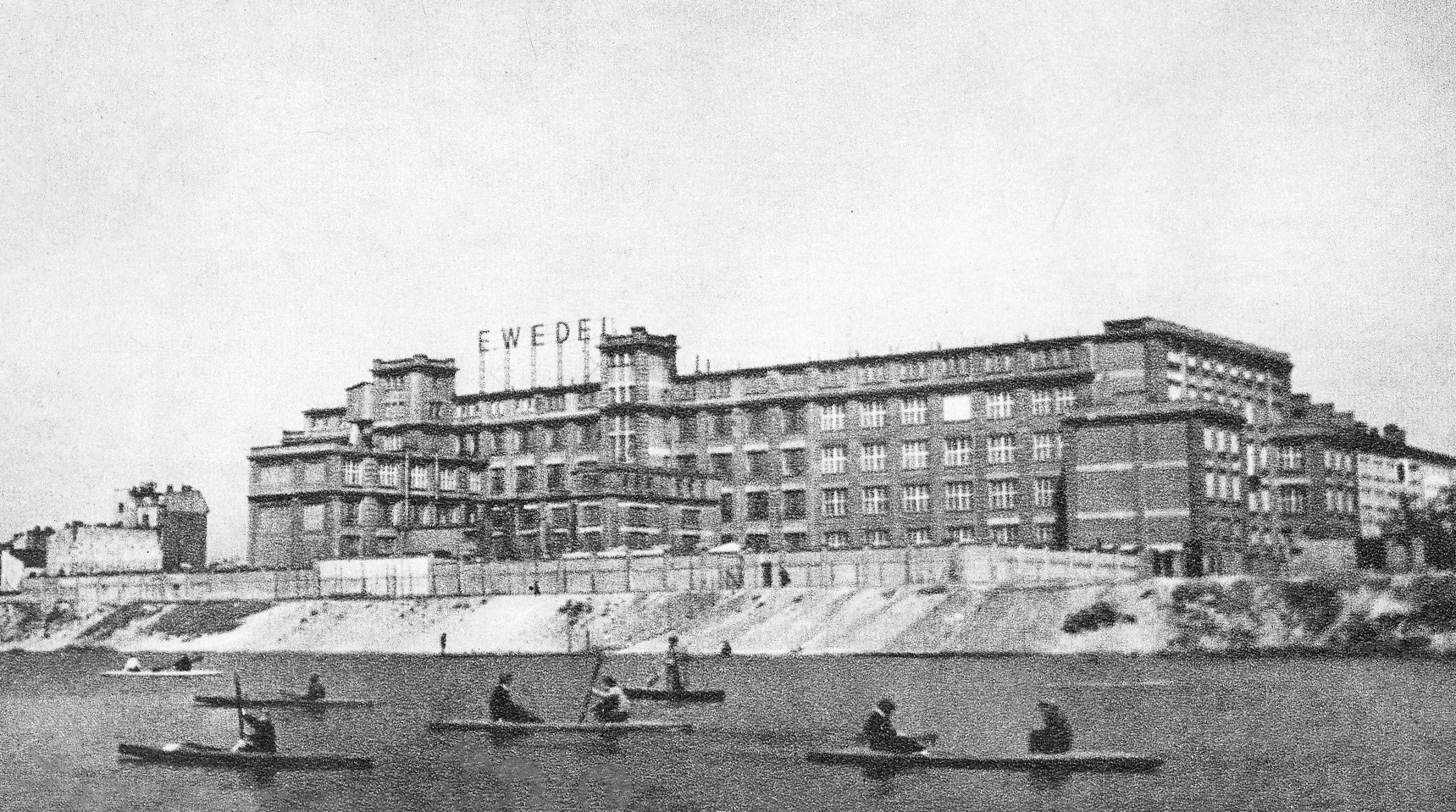
There are few foods in the world so traditional and unique that they deserve a museum, because what we eat is not necessarily associated with museum exhibits. Such a unique combination becomes possible and acquires a special meaning when a modern and at the same time close to the recipients form is combined with a brand so close to Polish women and men for generations, which is E.Wedel, adds Maciej Herman.
The company has invited the renowned Warsaw-based design studio BiM Architekci to collaborate on its investment, while HOCHTIEF Polska is the construction contractor. Pracownia WWAA is responsible for the design and realisation of the exhibition at the E.Wedel Chocolate Factory, Lunapark Motion Arts Collective is responsible for the multimedia content, and Studio Homework is responsible for the visual identity. Engineering and technical consultancy is provided by ARUP, and the issues of accessibility and inclusivity of the venue were consulted with the Poland Without Barriers Foundation.
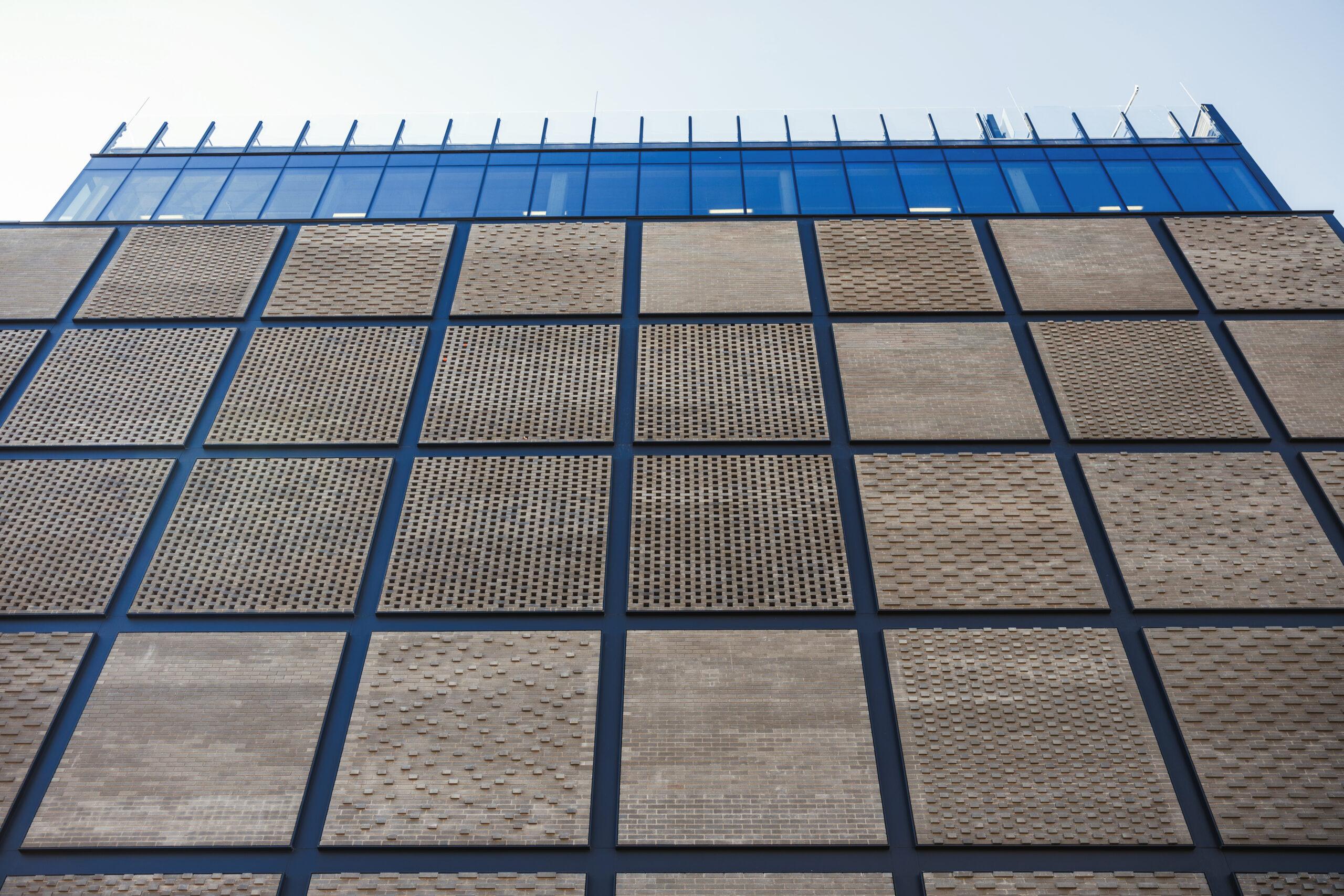
When creating the new spaces and the exhibition part of the E.Wedel Chocolate Factory, the company collaborated with many chocolate and Wedel family history enthusiasts, including its employees, as well as local cultural institutions. In addition, as part of open public consultations, the project was presented at meetings organised by the Praga Południe Municipality and approved by the Provincial Conservator of Monuments.
Source: wedel.pl
Read also: Warsaw | Museum | Architecture in Poland | History| Detail| Interesting facts| whiteMAD on Instagram



